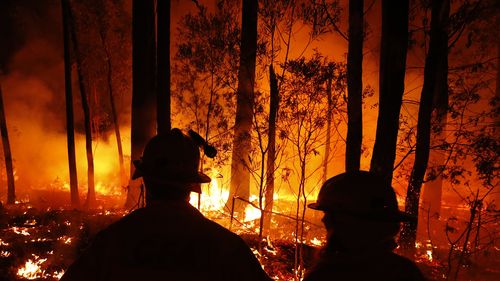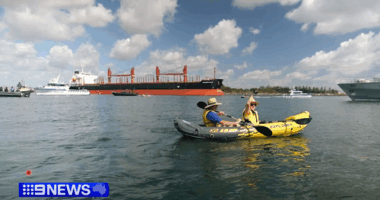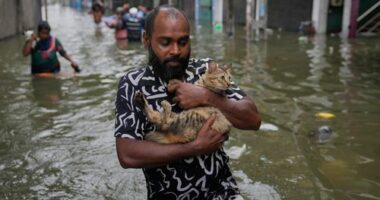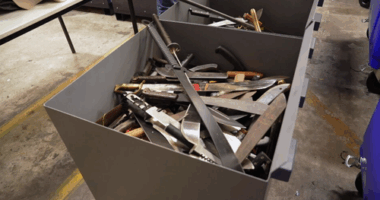Share this @internewscast.com
The newly released second edition of the State of Wildfires report paints a grim picture of the escalating natural disasters both domestically and internationally.

“Our findings indicate that wildfires have scorched a staggering 3.7 million square kilometers worldwide, an area surpassing the size of India,” stated Dr. Hamish Clarke, an Australian co-author from the University of Melbourne.
“We are observing the profound impacts of climate change unfolding on a global scale,” he emphasized.
“The warming of our planet is not only leading to more perilous fire-prone weather but is also altering vegetation patterns, causing it to dry out and become fuel for fires.”
The report highlights that 100 million people were impacted during the study period, with 200 lives lost to the flames. Additionally, homes and infrastructure worth $215 billion USD (approximately $330 billion AUD) were endangered.

Researchers determined that climate change driven by human activities significantly intensified the fires in Los Angeles, making them 25 times larger, while the blazes in South America’s Pantanal-Chiquitano region expanded 35 times beyond their potential size without such influences.
The impacts also extended to Australia.
“This included over 1000 large fires that burnt around 470,000 hectares in Western Australia, over 5 million hectares burnt in central Australia and major fires around Mount Isa with substantial smoke impacts,” Australian co-lead author Dr Sarah Harris, from Victoria’s Country Fire Authority, said.
“Here in Victoria, the Grampians National Park saw two-thirds of its park area burned, and the Little Desert fire burned 90,000 hectares in under eight hours.”
While the report warned that future bushfires are likely to get even worse due to the warming planet, the authors also said it was possible to take action to avoid the worst outcomes.

“While the future looks challenging, the report emphasises that it’s not too late to act,” Clarke said.
“Firstly, we need to take much stronger and faster climate action, including cutting fossil fuel emissions and reducing deforestation and land clearing.Â
“Beyond that, there are many things we can do to prepare for and respond to fire risk, from vegetation management to householder preparation and supporting short and long-term disaster recovery.
“As Australia approaches yet another fire season, this global perspective serves as a stark reminder of the interconnected nature of our climate crisis and the urgent need for coordinated global action, bold commitments to cut greenhouse gas emissions rapidly this decade.”














